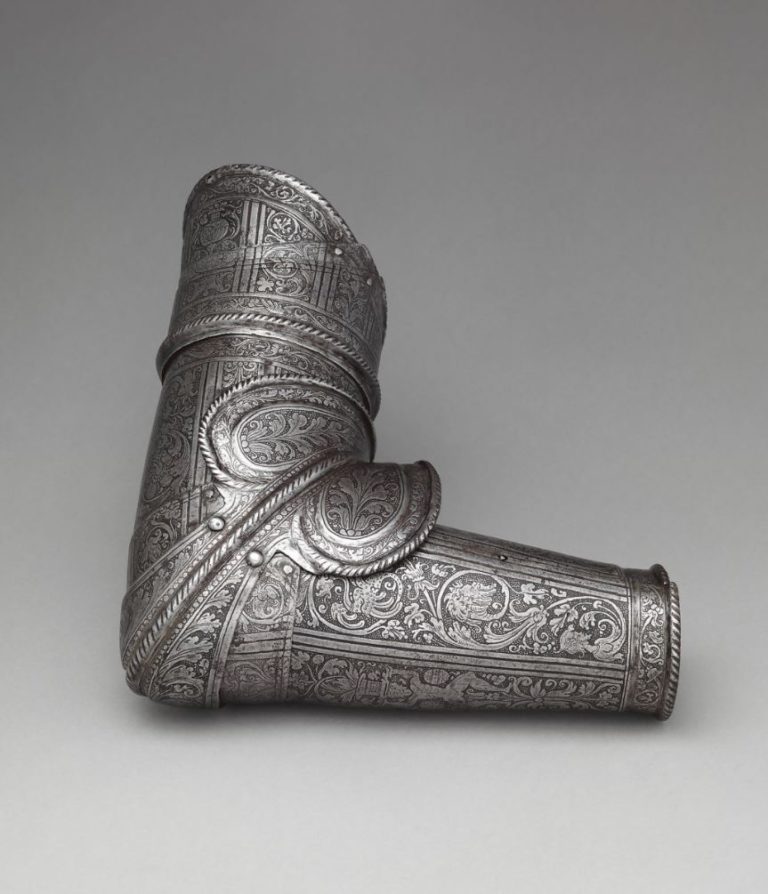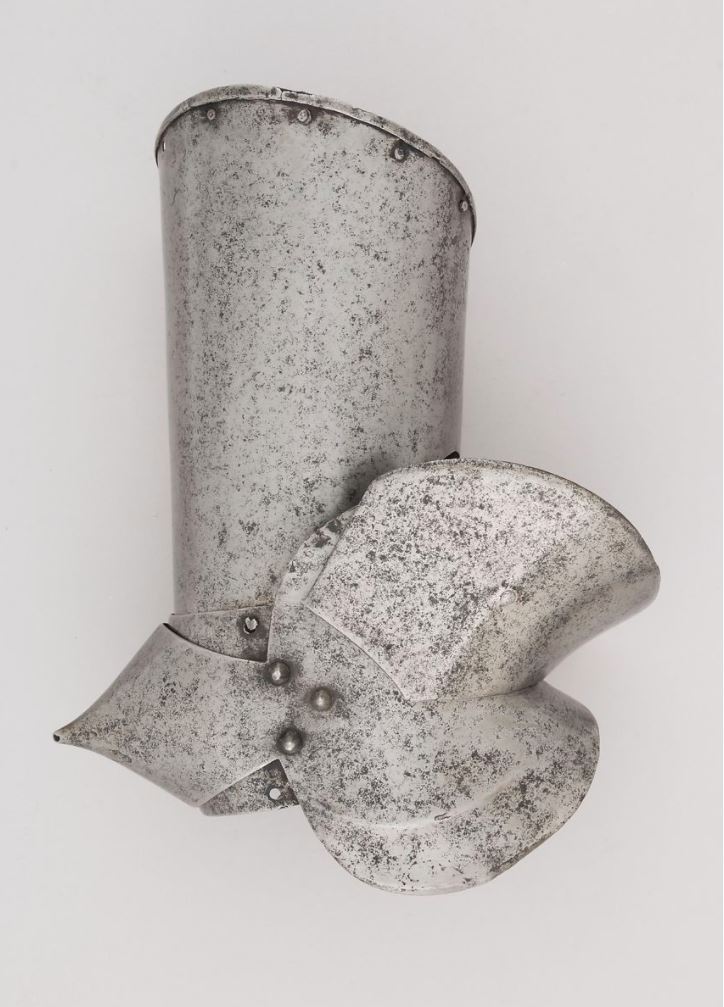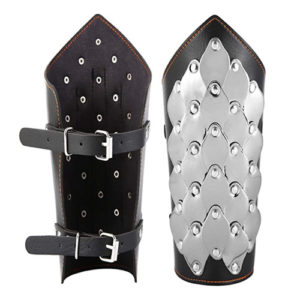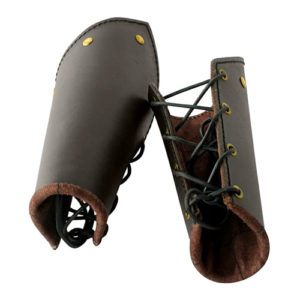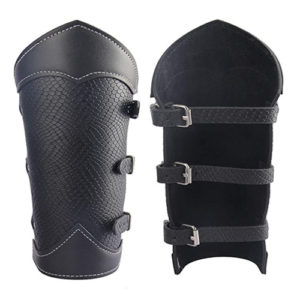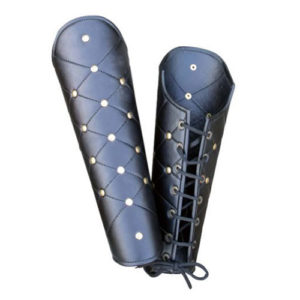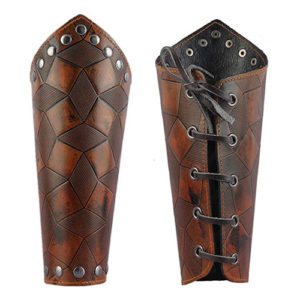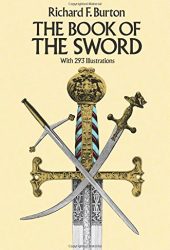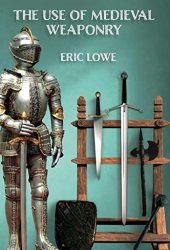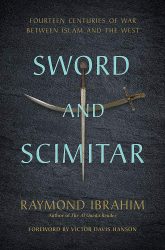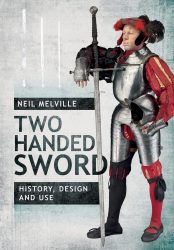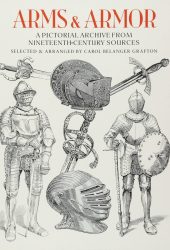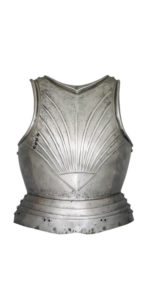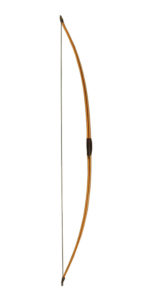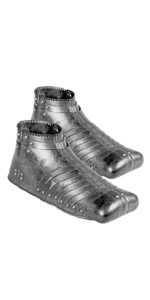The Vambrace is a tubular or gutter forearm guard that offers defence as part of a suit of plate armour. It’s usually combined with gauntlets and sometimes with couters or elbow defences.
Vambraces were made from boiled leather, iron or steel and sometimes reinforced with longitudinal strips of hardened hide or metal. They ran the length of the forearm to the wrist and were kept in place with straps. Sometimes, vambraces were decorated with extravagant designs.
Unlike bracers, which covered the inside of an archer’s arm to protect it while shooting a bow, vambraces were plate armour for the arm and forearm. Neither interfere with the wearer’s mobility.
There are several examples of vambraces found in museums as well as historical records.
History of the Vambrace
Vambraces were a key part of the Great Steppe and Islamic warrior armour. The term originates in the 14th century but it’s known vambraces were worn in Poland until 1770s, in the Caucasus region, Persia, and the Indian Continent until the 19th century.
Although there’s plenty of evidence for Greek and Roman vambraces (usually made of bronze and perfectly shaped to fit the wearer), there are only limited examples of iron splinted vambraces in pre-Viking graves.
An important factor might be the evolution of the shield. Large shields means more protection for the legs and arms. In medieval times, as heater shields begin replacing flat-topped kite ones, it seems that leg and arm armour becomes more frequent again.
Examples of Vambraces
